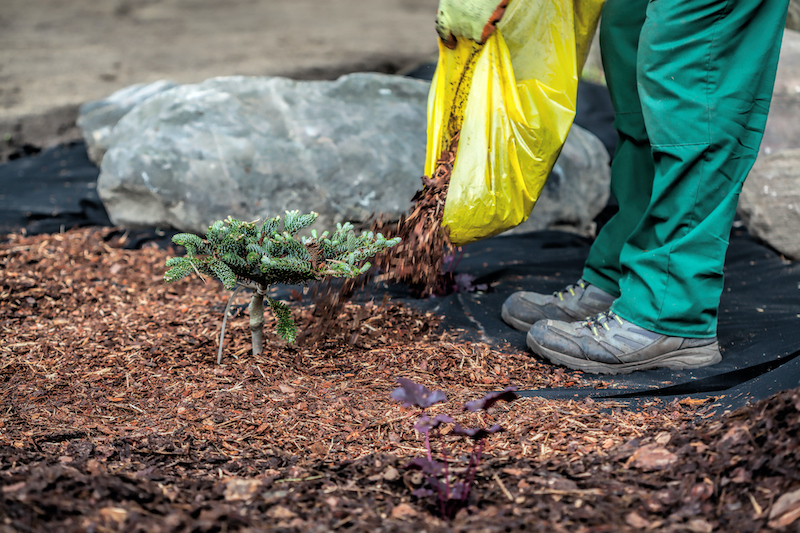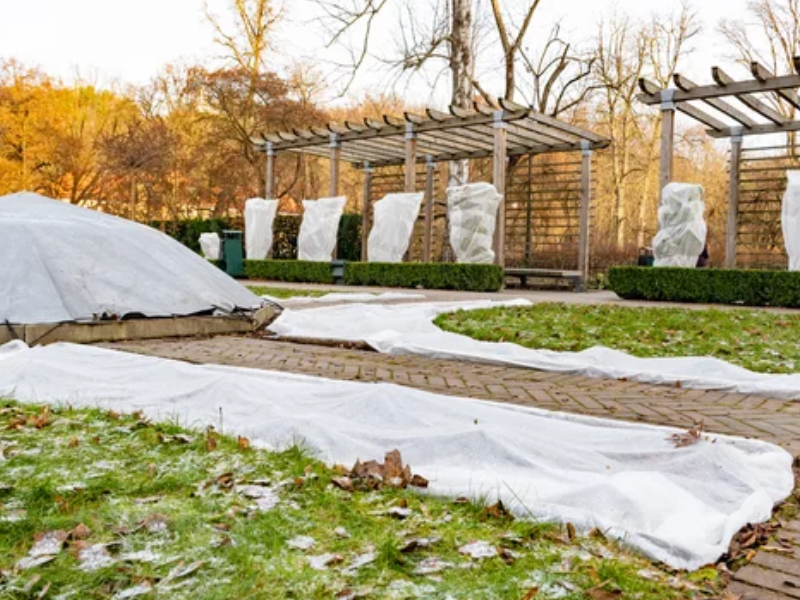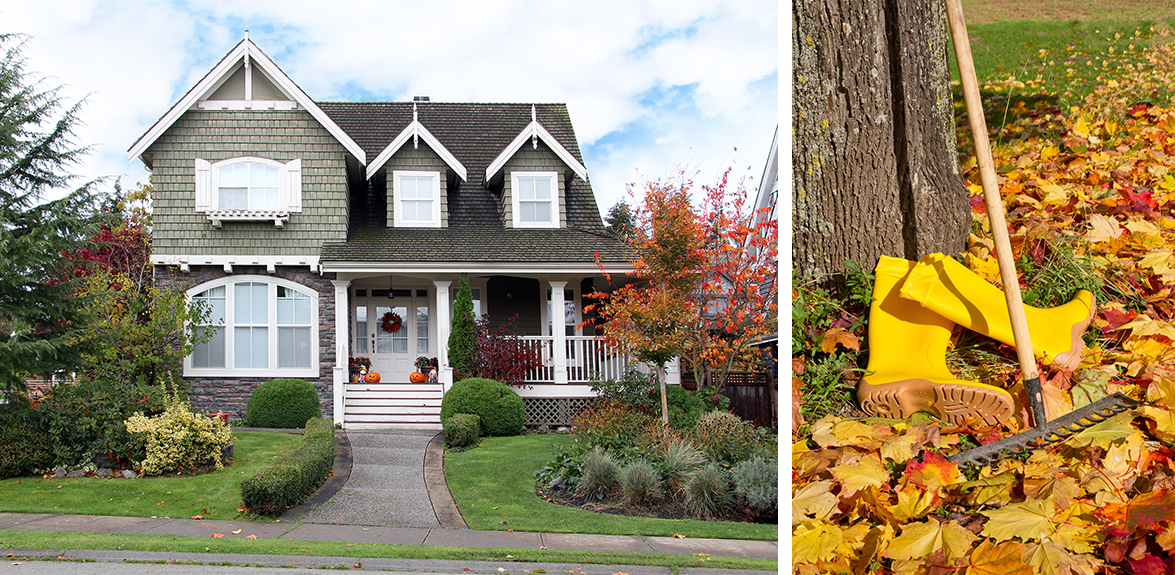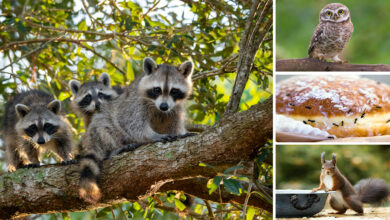At Home
ABCs To Prepare Your Garden For Next Year
 For many people, time spent in the garden is time well spent! And for most, the sight of an abundant, colourful garden is a joy. But a lot of work goes into a thriving garden, and much of that happens in the fall!
For many people, time spent in the garden is time well spent! And for most, the sight of an abundant, colourful garden is a joy. But a lot of work goes into a thriving garden, and much of that happens in the fall!
And with the cooler temperatures, it’s often more pleasant to do the “heavy lifting” once the hottest weather has passed. Here are the ABCs of what you can do to get ready for next spring:
ADD compost or manure to your garden. But don’t use manure if you have a dog who likes to roll in smelly things – trust me.
BULBS can be planted anytime from September until the ground freezes. I have actually planted tulip bulbs on the first day of December!
CLEAN and fill bird feeders for the cooler months. Ensure that you purchase quality birdseed appropriate to the birds in your region.

DIVIDE your perennials once they have gone dormant. Literally, cut them in half (trying to do as little damage to the roots as possible) and replant one of the halves somewhere else – a great way to expand your garden for free! Make sure to water both halves well while they adjust to the shock.
EXTRACT weeds before they go to seed. To reduce the number of weeds next year, make sure you remove them from your garden.
FERTILIZE now to give your lawn the nutrients it needs to survive the winter and regrow in spring.
GROUND cover your perennials and shrubs. Protect delicate roses and other perennials under a layer of mulch.
HALT the water. Once your garden has been cleaned up and the weather is really getting cold, turn off your outside water connections and drain your hose.
IRRIGATE your trees. Continue watering trees and shrubs as long as you can. Trees can really struggle over the winter if the root ball is dry.

JOURNAL the layout of your garden so you have a record of what you planted and where.
KEEP cleaning your garden debris until the snow flies – you will thank yourself come spring!
LOCATION will determine the amount of preparation you will need to do to prepare your trees and shrubs for the winter. If you live in a place that gets quite a bit of snow, you might want to wrap the base of fruit trees in something to protect from mice and rabbits (they like to chew away all winter long under cover of the snow). Ask at your garden centre for a recommendation for your area.
MOVE houseplants inside. If you have inside plants outside, move them back inside well before the first frost (which can vary dramatically depending on where you are in the country).
NEW trees and shrubs. Fall is the ideal time to plant new trees and shrubs – but make sure they have several weeks to settle in before the ground freezes.

OUTDOOR wildlife like squirrels, deer or rabbits can continually dig up your bulbs over the winter months, but there are pest-resistant ones on the market. Ask at your local garden centre.
PRUNE perennials – some varieties just need a trim, while others should be cut back almost to the ground. If unsure, google the species to check.
QUAGGY the ground may be, which will make it easier for you to pull out your annuals and toss them in the compost bin.
RAKE up fallen leaves. How to dispose of them varies from place to place: you can compost them, burn them, or rake them to the curb for your municipality to collect. Just make sure you follow your local by-laws.

SHRUBS that don’t do well in extreme cold can be wrapped in burlap. This is also a good idea for any shrubs that might get a lot of salt spray from the road.
TAKE time to sweep out the shed or garage, clean all of your garden tools, launder your garden gloves and call it a season!
UNITE as a family, if possible, to ensure fall clean-up goes quickly. As the old adage suggests, “Many hands make light work.”
VEGETABLE gardens can be cleaned out and tilled at this time of year. Dig out your old vegetable plants and compost them. Till the plot thoroughly, adding several inches of compost to nurture the soil for spring planting. Working the compost into the soil will help it breathe and allow rainwater to pass through it.
What you do in the fall goes a long way toward the health of your spring garden. And you can rest easy over the winter months, knowing you’ve done everything you can. If you find you have lots of time on your hands, order a few seed catalogues and start planning next year’s garden!









